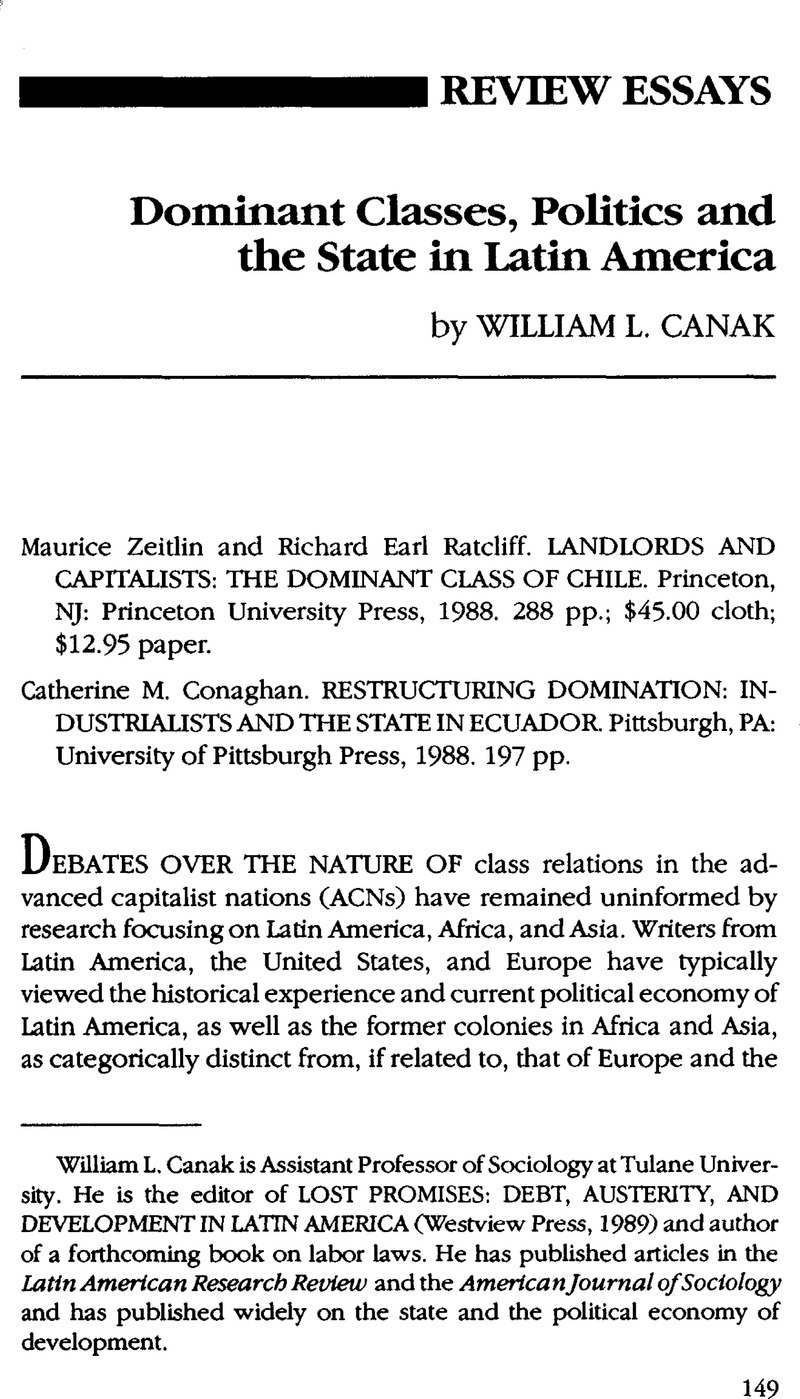Skocpol, T. (
1985) “
Bringing the State Back In: Strategies of Analysis in Current Research,” pp.
3–
37 in Peter
Evans, B. ,
Rueschemeyer, Dietrich, and
Skocpol, Theda (eds.) Bringing the State Back In.
New York, NY:
Cambridge University Press.
Google Scholar 